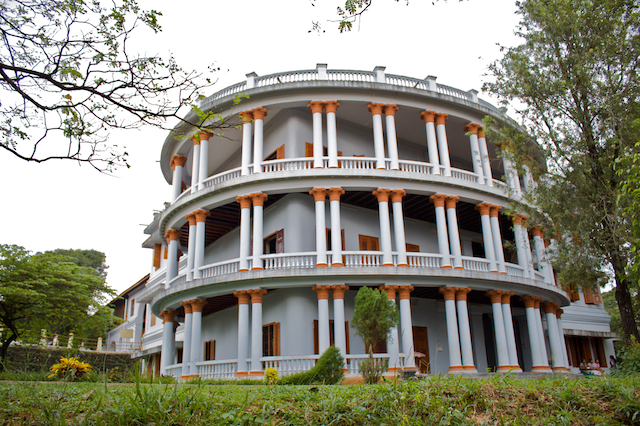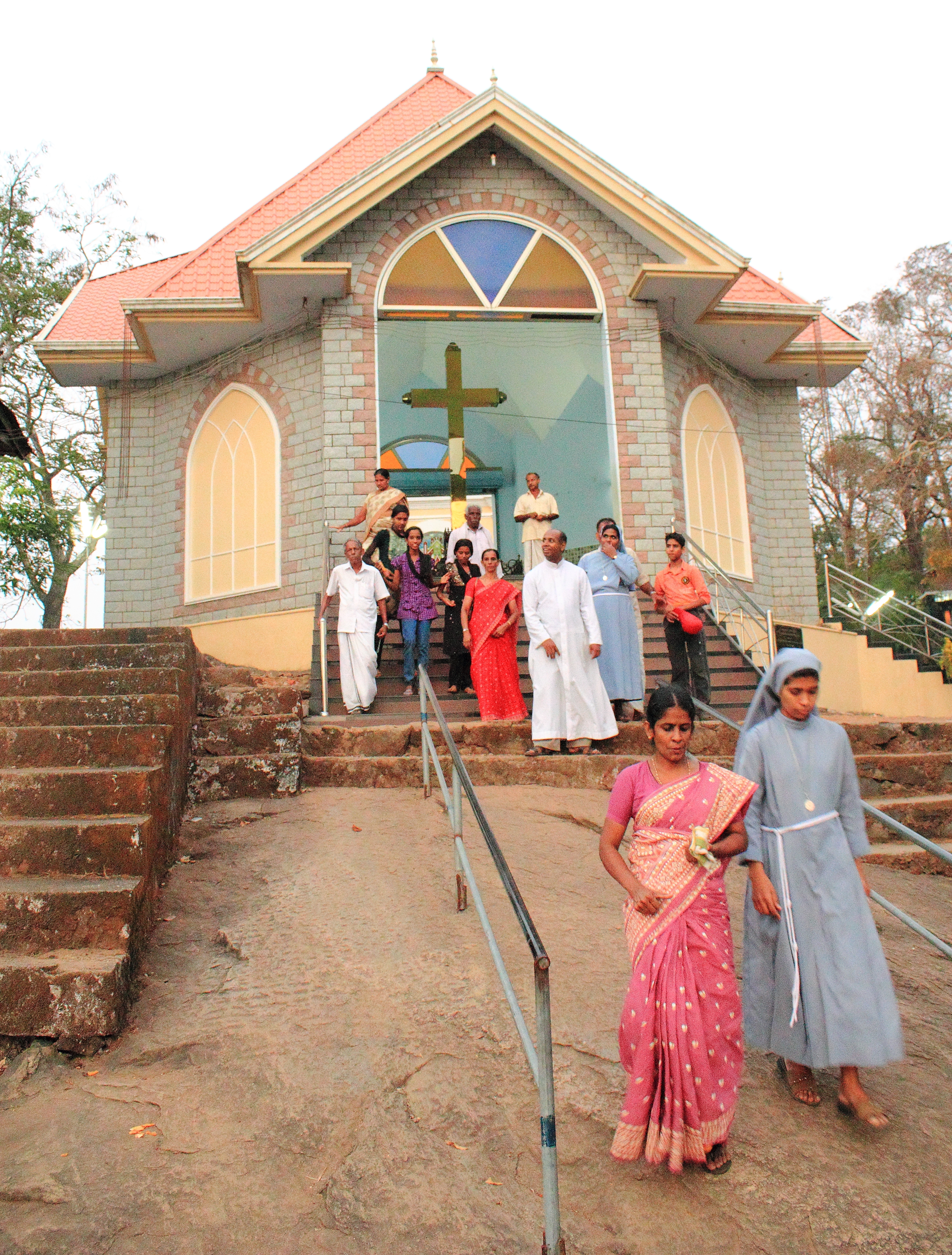The Hill Palace Museum stands as a profound testament to the intricate cultural tapestry of Kerala, offering visitors an immersive journey through the historical landscape of the Cochin royal dynasty. Situated in Thrippunithura, this remarkable institution transcends the traditional boundaries of a museum, emerging as a vibrant narrative of social, political, and cultural transformations that have shaped the region's identity.
Constructed in 1865, the palace originally served as the administrative headquarters and royal residence of the Maharaja of Cochin, reflecting the sophisticated architectural sensibilities of its time. The complex, spanning an impressive 54 acres, was not merely a residential space but a dynamic center of power, particularly under the unique matrilineal traditions of the Kingdom of Kochi. These traditions positioned the queen, or Penvazhithampuran, as the sovereign, establishing Tripunithura as a significant political and cultural nucleus.
The museum's extensive collection represents a meticulously curated assemblage of artifacts that illuminate the multifaceted dimensions of medieval Kerala. Contributions from both the Cochin and Travancore royal families provide visitors with an unparalleled glimpse into the region's socio-economic landscape. Paintings, sculptures, weapons, coins, and manuscripts are thoughtfully displayed, each piece narrating a fragment of the complex historical narrative that has defined this remarkable region.
Architecturally, the Hill Palace Museum represents a fascinating synthesis of traditional Kerala design and European influences. The intricate wood carvings, expansive columns, glassy windows, and wooden pillars demonstrate a nuanced dialogue between indigenous craftsmanship and colonial architectural elements. This architectural fusion mirrors the broader cultural exchanges that have characterized Kerala's historical trajectory, offering visitors a visual metaphor of the region's adaptability and aesthetic sophistication.
Beyond its historical and architectural significance, the museum has emerged as a critical center for cultural learning and preservation. Its transformation from a royal residence to a public archaeological museum in 1986 symbolizes a democratic approach to heritage conservation. The expansive grounds, which include a deer park, pre-historic park, and children's park, provide visitors with a holistic experience that extends beyond traditional museum interactions.
The museum's botanical significance cannot be overlooked, with its campus hosting several rare species of medicinal plants. This ecological dimension adds another layer of complexity to the site, positioning it not just as a historical repository but also as an important ecological resource. The integration of natural and cultural heritage reflects a comprehensive approach to understanding human interactions with the environment.
The Hill Palace Museum has also played a notable role in popular culture, frequently serving as a filming location for the Malayalam film industry. This contemporary engagement demonstrates the institution's continued relevance and its ability to bridge historical narratives with modern cultural expressions. The museum's popularity among tourists and film professionals alike underscores its dynamic and evolving character.
In its current incarnation, the Hill Palace Museum stands as a beacon of cultural preservation and education. It offers visitors a profound understanding of Kerala's rich heritage, showcasing the intricate social structures, artistic achievements, and historical developments that have shaped the region. Through its carefully curated exhibits and expansive grounds, the museum invites exploration, reflection, and a deeper appreciation of the complex cultural landscape of Kerala.



